The humble yet iconic Tianjin jianbing guozi, a beloved street food staple, owes much of its distinctive texture and flavor to the careful balance of ingredients in its batter. At the heart of this culinary craft lies the art of blending mung bean flour with other components to achieve the perfect consistency and taste. While many variations exist, the traditional approach to this batter has been passed down through generations, with each vendor adding their own subtle twist.
The Role of Mung Bean Flour
Mung bean flour, derived from ground mung beans, forms the foundation of authentic Tianjin jianbing batter. This ingredient contributes more than just bulk—it provides the characteristic slightly grainy texture and nutty undertones that distinguish this version from other regional variations. The flour's natural properties create a batter that crisps beautifully when cooked on a hot griddle while remaining pliable enough to fold around its fillings.
Traditional recipes typically call for a ratio where mung bean flour constitutes about 70-80% of the dry ingredients. This high proportion ensures the pancake maintains structural integrity without becoming tough or brittle. The remaining percentage usually consists of wheat flour or other grains, which help bind the mixture and contribute to the batter's elasticity.
Regional Variations and Modern Adaptations
While purists insist on maintaining the traditional mung bean flour dominance, contemporary interpretations have emerged to cater to different tastes and dietary requirements. Some vendors experiment with ratios, increasing the wheat flour content for a chewier texture or incorporating rice flour for additional crispness. These adaptations often reflect local preferences or the availability of ingredients, creating subtle but noticeable differences across various neighborhoods in Tianjin.
Health-conscious variations have also gained popularity, with some establishments offering versions that incorporate whole grain flours or reduce the overall carbohydrate content. However, these modifications frequently sacrifice the authentic mouthfeel that makes the original so distinctive. The debate between tradition and innovation continues among jianbing enthusiasts, with many maintaining that the classic mung bean-heavy ratio remains unsurpassed.
The Science Behind the Batter
The chemistry of mung bean flour plays a crucial role in the jianbing's success. Unlike wheat flour, mung bean flour contains no gluten, which explains why traditional jianbing lacks the stretchiness of wheat-based pancakes. The proteins in mung beans coagulate at different temperatures than wheat proteins, contributing to the unique textural combination of crisp edges and tender center.
When hydrated, mung bean flour absorbs liquid differently than other flours, requiring precise water ratios to achieve the ideal pouring consistency. Too thick, and the batter won't spread thinly enough on the griddle; too thin, and it becomes difficult to handle. Experienced jianbing makers develop an instinct for this balance, often adjusting their mixtures throughout the day based on humidity and temperature conditions.
Preserving Tradition in Modern Times
As Tianjin continues to modernize, the guardians of traditional jianbing preparation face challenges in maintaining authentic practices. The labor-intensive process of stone-grinding mung beans into flour has largely given way to industrial production methods, altering subtle characteristics of the final product. Some veteran vendors still insist on sourcing specially ground flour from particular mills known for maintaining traditional grinding techniques.
The transmission of knowledge about proper batter preparation remains largely an oral tradition, with skills passed from master to apprentice through hands-on experience rather than written recipes. This informal education system ensures that nuances like the perfect mung bean flour ratio and mixing technique survive, even as the city's food landscape evolves around them.
For those seeking the authentic Tianjin jianbing experience, the telltale signs remain in the texture and flavor profile—a crisp exterior giving way to a slightly earthy, nutty interior with just the right amount of chew. These qualities, fundamentally tied to the mung bean flour proportion, continue to define what makes this street food treasure truly special.

By /May 26, 2025

By /May 26, 2025

By /May 26, 2025
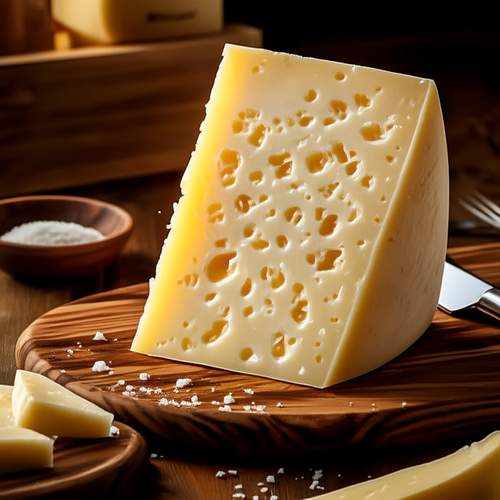
By /May 26, 2025

By /May 26, 2025
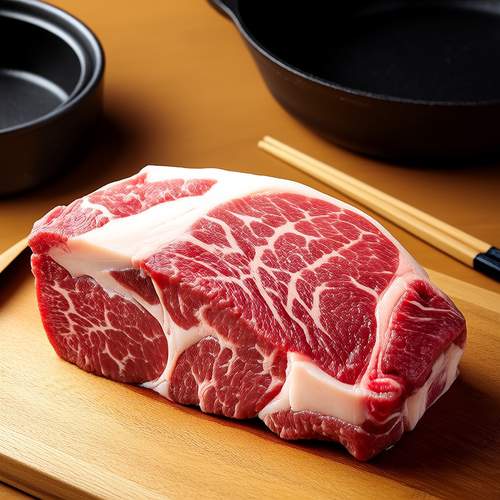
By /May 26, 2025
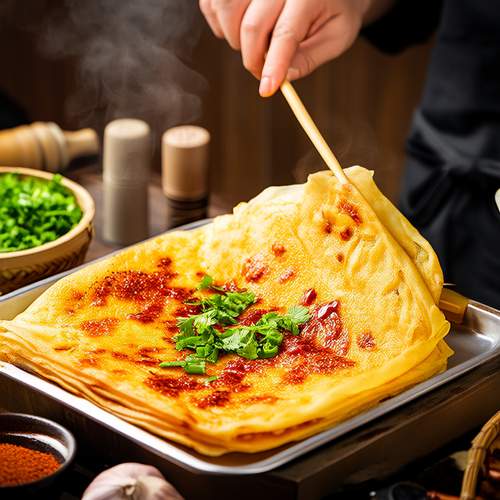
By /May 26, 2025
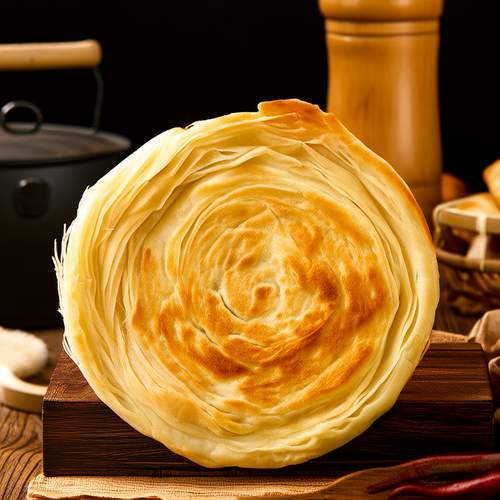
By /May 26, 2025

By /May 26, 2025
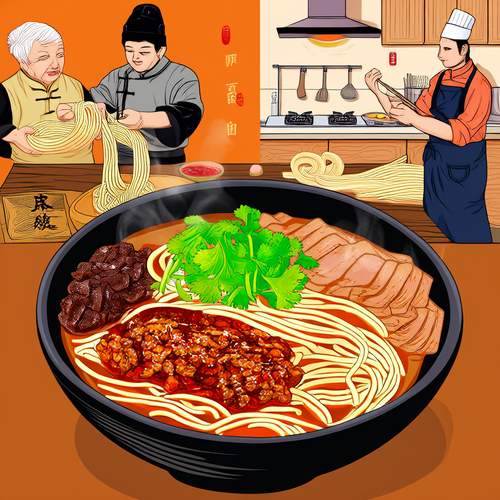
By /May 26, 2025

By /May 26, 2025

By /May 26, 2025
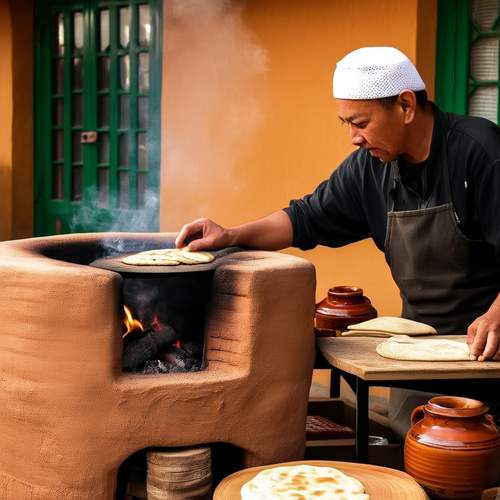
By /May 26, 2025
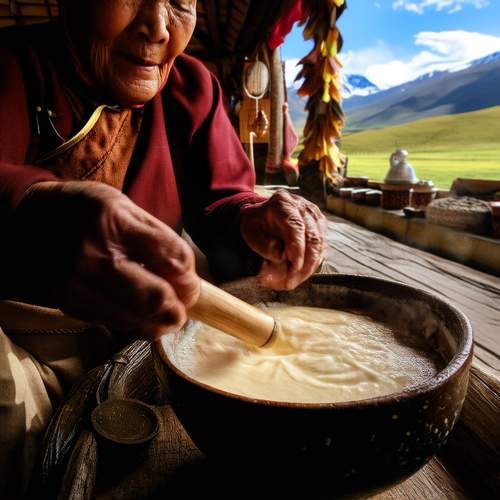
By /May 26, 2025
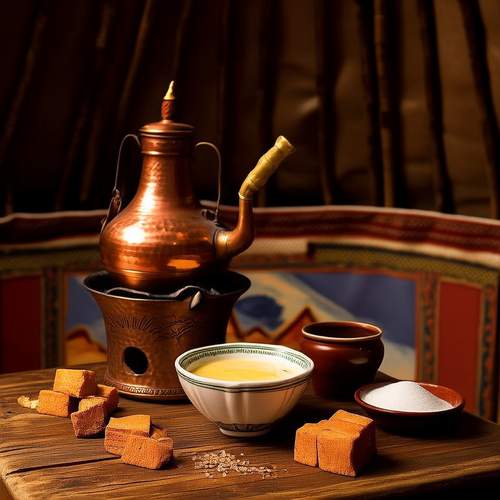
By /May 26, 2025
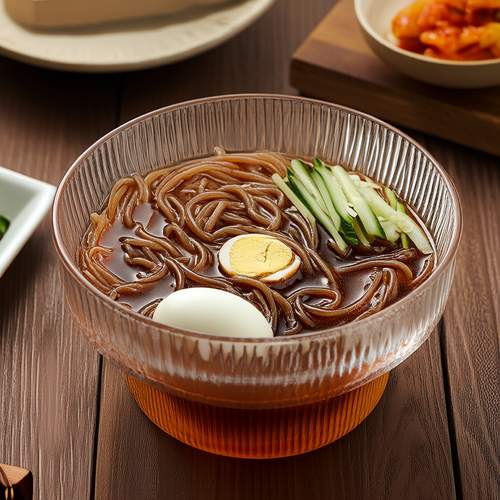
By /May 26, 2025

By /May 26, 2025
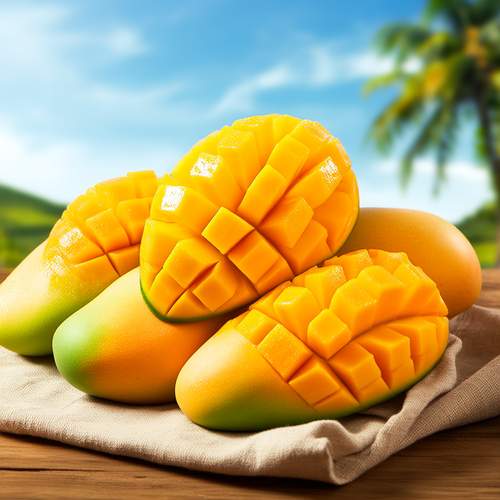
By /May 26, 2025
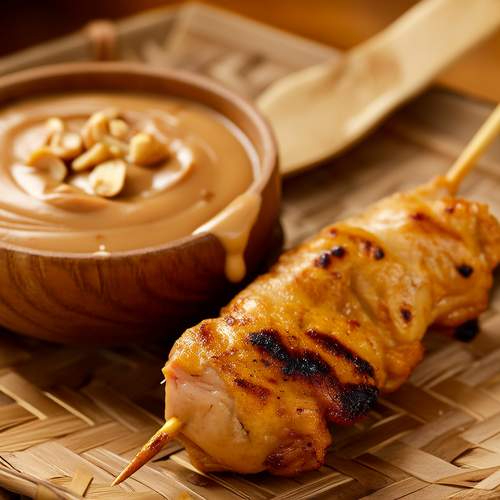
By /May 26, 2025
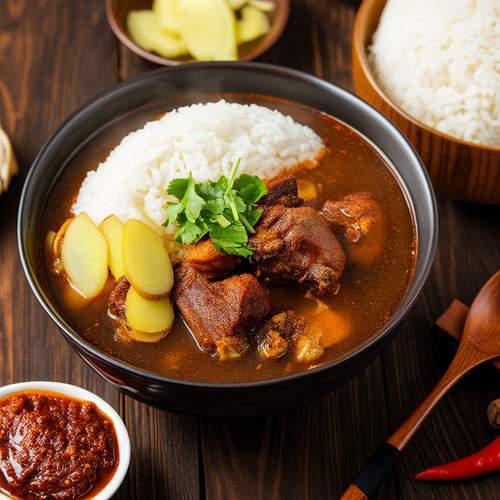
By /May 26, 2025